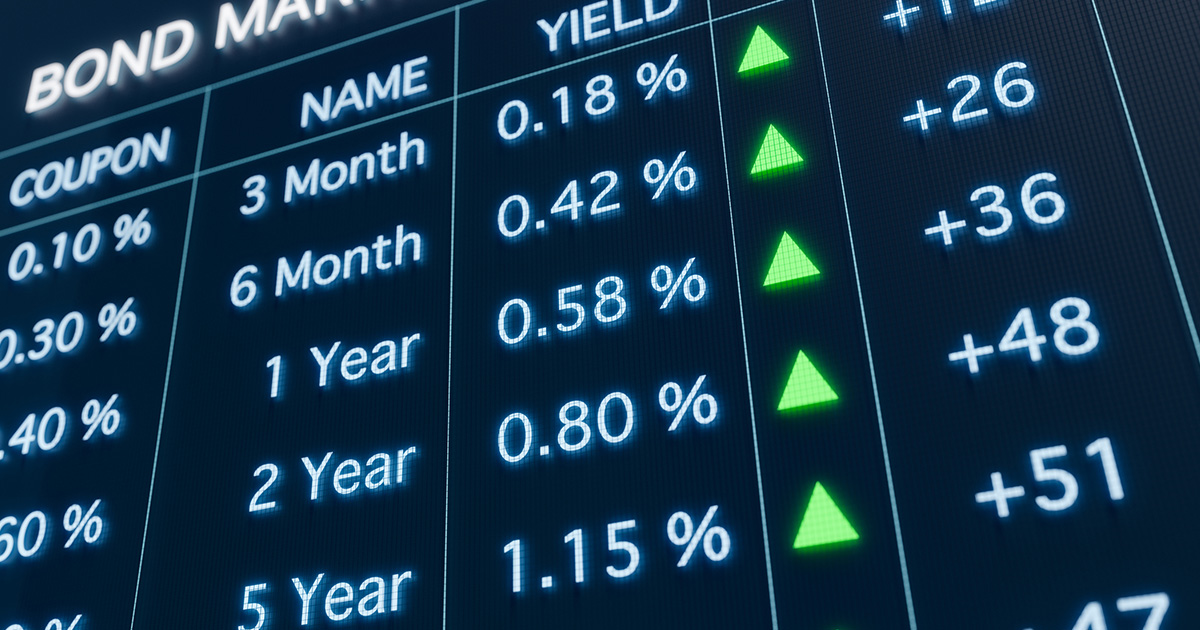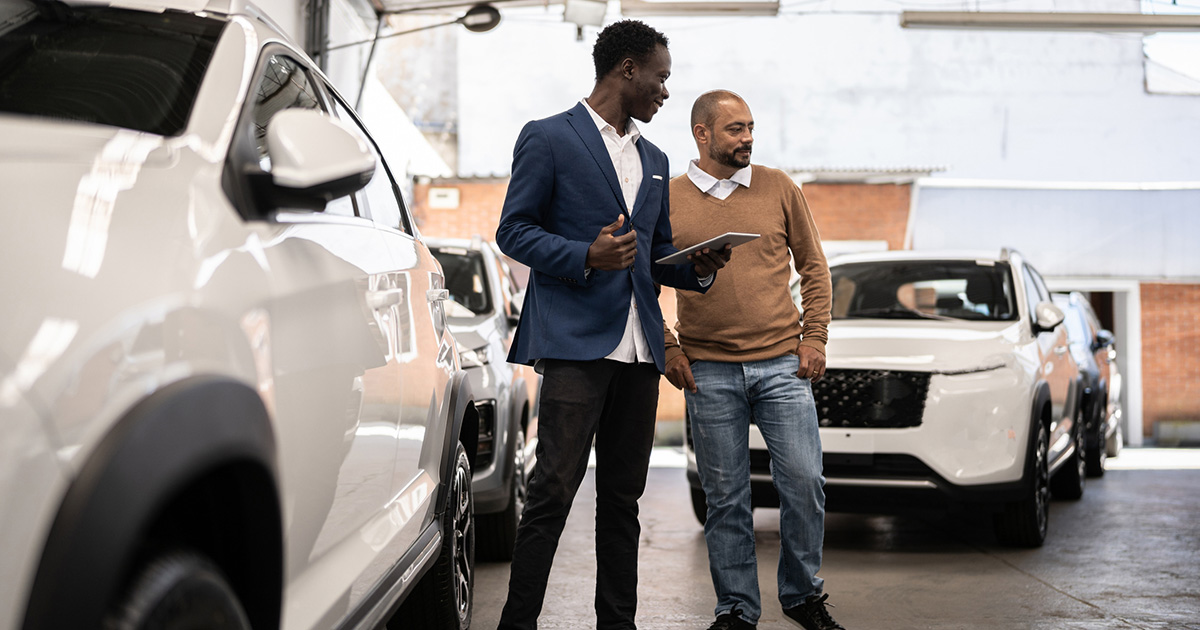Overall, the lack of new cars entering the market has created an upward shift in price. This applies when it comes to purchasing a new vehicle, purchasing a used vehicle, and trading in your existing vehicle. In fact, depending on the condition, year, and mileage of your current vehicle, you could experience a trade-in value not far off from the initial vehicle purchase.
While this is an exciting potential benefit of buying new or used right now, you’ll also find that the price tag on used vehicles doesn’t seem to reflect their year or current condition. This has led many consumers to question whether purchasing a vehicle is worth the cost in 2022.
However, you’ve likely noticed that the current new and used vehicle market is experiencing an ongoing inventory shortage. Should you buy new or used? Should you wait for the market to change, or buy now?
Today’s Auto Market
So, are car prices expected to drop? Unfortunately, determining whether you should buy right now or hold off isn’t as simple as predicting auto values. If you’re considering purchasing a used vehicle, you’ll have to consider several other factors, as well.
These factors include whether you will be trading in your current vehicle, what kind of car you currently own, which car you want to buy, and how long you are willing to wait. Understanding the factors unique to you can help you determine your best route forward.
Benefits of Buying Now
Determining whether to buy now or wait for prices to drop is a personal decision. If you’re like many consumers facing a hefty repair bill for your current vehicle, adding to your family, or purchasing a car for the first time, you may simply not be able to wait. If this is the case, you can rest assured that there are still some benefits associated with buying sooner rather than later. Inventory stocks are still short and purchasing a new vehicle currently has a higher price tag than in years past, but some factors can make the higher price tag worthwhile.
Higher Trade-In Value
In normal circumstances, a new car depreciates in value approximately 20% after the first year and continues to drop 10% each year until the five-year mark. However, as mentioned above, recent years have been far from normal circumstances. The current inflated used car prices have also increased the trade-in value for used vehicles.
In fact, there have been significant jumps in trade-in values proportionate to the cost of a vehicle. This means that your higher trade-in value could offset a significant amount of the initial cost of purchasing a new or used car. It is important to note again that this higher trade-in value depends on the type of car, age, and condition.
New Car Prices May Continue to Rise

Brand new cars look to continue to increase in price due to the ongoing inventory shortage and increasing manufacturing costs. The global microchip shortage that started the ongoing supply chain issues has led to the increased prices we are experiencing today and will likely continue in the foreseeable future. Other supply chain issues, such as limitations in the availability of OEM parts and components are now contributing to the ongoing problem.
It may take until late 2023 or early 2024 for production rates to return to normal and restore the depleted new vehicle inventory we are experiencing currently. This could mean that it may be some time in late 2024 before consumers see a decrease in sticker prices that reflect the re-established market. Forecasters expect continued increases in new vehicle prices—and used vehicle values—over the next year or so. Now may be the best time to purchase if you are unable to wait out the inventory shortage, because prices look to continue rising.
Interest Rates Could Continue to Rise
If you are like most consumers, even with a great trade-in value for your existing vehicle, you’ll still need a loan to secure your new purchase. Your interest rate depends on a variety of factors, including your lender and your credit score. Even if you have excellent credit, expect to pay higher interest rates than in previous years. There has been an increase in interest rates across the board, and rates may continue to rise throughout this year and into the next.
Benefits of Waiting to Purchase a Car
While there are some benefits associated with deciding to buy a new or used car now, there are also numerous benefits associated with waiting. If you currently own a reliable vehicle, you may benefit from waiting for car prices to drop. Find DIY methods of fixing your car and maintaining it.
New and Used Car Prices Will Eventually Drop

Used cars are currently more expensive now than in the past due to the trickle-down effect of the new car inventory shortage. So, if the cars of 2022 initially looked steep, prices are expected to drop. Production is expected to improve in the next couple of years, which should drive the price of purchasing a vehicle back down.
For those who enjoy the financial benefits of purchasing used cars, it can be worth the wait for the new car market to stabilize. According to Kelly Blue Book, the second half of 2022 and the beginning of 2023 is showing signs of improvement when it comes to purchasing a vehicle, especially for those who are looking for a used vehicle. Waiting until late 2024 may bring price drops, as mentioned above.
Waiting Could Bring Better Incentives
Waiting for car prices to drop can also prove beneficial when it comes to incentives. When production is restored, consumers can expect a wider selection of vehicle choices, lower transaction prices, and better incentives such as lower interest rates, decreased APR, and other attractive benefits that can save you more money overall. Again, later in 2024 may prove the ideal time to purchase a new or used car.
Tips for Saving Money
If you can wait for prices to decrease, purchasing later could be your best option for protecting your finances. However, if you aren’t able to wait, there are ways that you can still save money when purchasing a new or used vehicle. Consider these tips to save money on your upcoming auto purchase.
Consider Your Trade-In Value
As previously discussed, trade-in values are currently higher than in years past. However, be sure you understand what the trade-in value is for your current vehicle before heading to the dealership. Even if you own an older model car, you may find yourself surprised at how much dealerships are willing to offer you for your vehicle due to the current shortage. If you qualify for a high trade-in value, you can use this towards your down payment for your next vehicle. This can reduce your monthly payments as well as improve your loan terms, which can save you a significant amount of money in the long run.
Plan Ahead
Before heading to the dealership, it is important to have a clear plan in mind. This starts by knowing your budget and creating a purchase plan so you can stick with it. Research each of the vehicles you are interested in exploring and learn what they are currently worth both new and used to determine whether they fit into your budget. You should also take the time to shop around to ensure you are getting the best deals when it comes to purchasing your new vehicle as well as trading in your old one.
Carefully Consider Your Loan Options
As mentioned, car loan interest rates are currently on the rise. As a consumer, you are often given the option of shorter-term loans and a higher monthly payment or long-term loans with smaller monthly payments and a higher buildup of accrued interest. A smaller monthly payment may seem attractive, but if you are given a high-interest rate, you could end up paying much more than the vehicle is worth. It is important to weigh all the factors associated with a major loan to cover the costs of a new or used vehicle. If possible, get pre-approved so that you have more wiggle room when it comes to negotiating rates.
Be Ready to Buy
With the inventory shortage, the demand for new and used vehicles is higher than ever. This means that you don’t have a great deal of time to waste when it comes to securing a vehicle that meets your requirements and budget. It is best to be as informed as possible so that when you find a vehicle that is a good fit for your situation, you are ready to take it.
In Summary: Are Car Prices Expected to Drop?

The short answer to this question is yes. However, there is no way to know exactly how long it could take for consumers to start noticing a decrease in prices. The timing of the expected price drop depends on manufacturers’ ability to recover from production and supply issues to restore the influx of new cars into the US market.
I’m a kid at heart disguised as an auto researcher and business owner. I’ve always enjoyed providing insight in the form of reviews (anime, video games, autos, etc.) When I’m not researching, I’m spending time with my family, driving my Dodge Challenger, riding my motorcycle, and finding new entrepreneurial pursuits.


